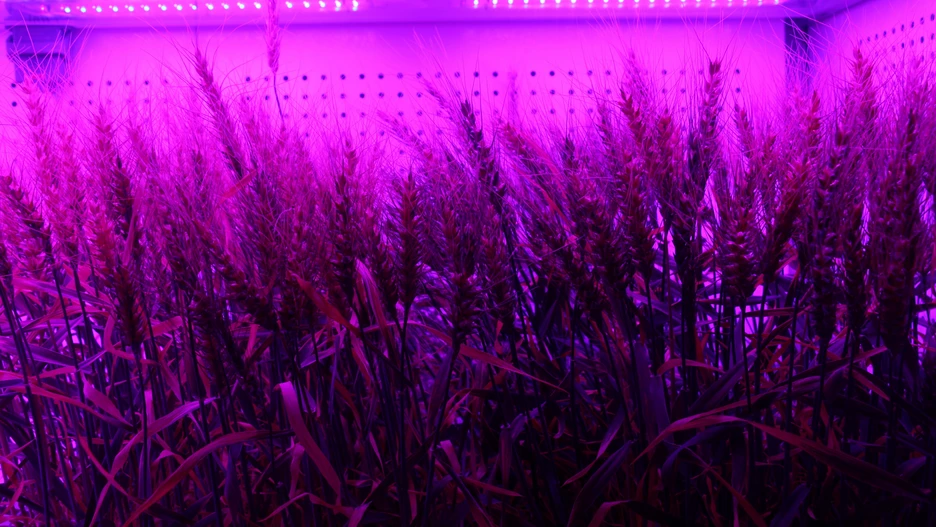Limits of growth of growth without limits?
News, Research, Vertical Farming |
Yields of agricultural land are naturally limited - their growth is restricted by the least optimal growth factor. This is known as Liebig's law of the minimum. Growth factors are, for example, genetic or environmental conditions. While genetic factors can be influenced by targeted breeding, environmental conditions can only be influenced to a limited extent, especially in traditional agriculture on open arable land. In vertical farming, on the other hand, almost all environmental factors can be modulated. To what extent can this optimize the law of the minimum and support growth?
Increasing yields by a factor of 30
The analyses included data on ten different plant groups, from potatoes to strawberries. In the case of potatoes and cereals, yield increases of almost a factor of 30 could be achieved. A tenfold increase is also theoretically possible for legumes.
“It is particularly important that we look at staple foods such as cereal products,” says Sebastian Eichelsbacher, research associate at the Chair of Digital Agriculture at TUM. Studies on lettuce or cabbage varieties are published more often, but to shape the role of vertical farming in food security, research is needed on staple foods, in particular.
Optimizing conditions
From the available data, however, no overarching optimal environmental factors in vertical farming could be identified. According to Sebastian Eichelsbacher, it was particularly surprising that no clear trend could be identified regarding the influence of CO2 concentration on growth.
The study results indicate that there is still great potential. However, the comparison of study results is currently limited, as the published results vary in experimental setup and documentation. Therefore, to minimize these limitations, each system, i.e. each plant species and vertical farming setup, should be considered and examined separately.
Limits to growth
The study shows that plants cannot grow without limits in vertical farming; Liebig's law of the minimum applies here as well. However, they may uncover a starting point for exploring these minima as the environmental conditions can be precisely controlled. “Above all, this holds great potential for the efficient use of resources,” explains Sebastian Eichelsbacher. Every input can be precisely regulated in vertical farming. Further research should aim to identify the growing conditions that offer the optimum balance between high yields and low resource consumption.
[Translate to English:] Publikation
[Translate to English:]
Eichelsbacher S, Luksch CR, Bienert GP et al. What Is the Limit of Vertical Farming Productivity? Food and Energy Security. 2025. doi: 10.1002/fes3.70061
